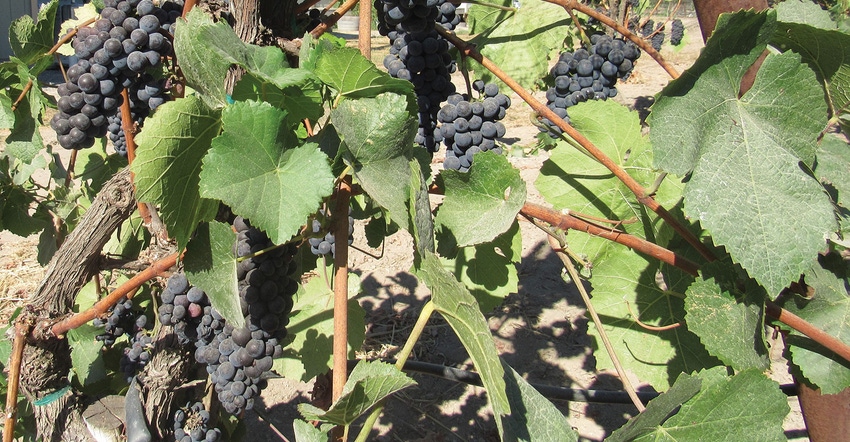
In many respects, last year was one of charred vines and broken dreams where reality pummeled optimism.
“The 2020 harvest had both a literal and a figurative cloud over it,” wrote Donnell Brown, President of the National Grape Research Alliance. “When so much is uncertain and with so much at stake, it can be hard to see the path ahead. But that’s why research exists --- to solve the problems we have today with the innovations of tomorrow.”
Ultimately, she acknowledged: “Despite all the distractions and worry of 2020, NGRA accomplished a lot, maintaining focus on solving industry challenges through science. It’s really impressive, the amount of work and the results that scientists were able to achieve in a year when everything looked kind of dim.”
One of the projects that came out of last year’s NGRA research is called high resolution vineyard nutrition, a process of developing decision support tools for vineyard nutrition management of the major macro nutrients.
“We’ve restarted our research brainstorming and prioritization process, an exercise I liken to panning for gold, sifting through research ideas and looking for nuggets to cash in on,” Brown said.
Since 2008, NGRA has been instrumental in generating millions of dollars for grape research in theme areas leveraged to target needs for further study involving multi-disciplinary, multi-institutional, multi-state collaboration on topics that no single grape sector could adequately address on its own.
“We have four research focus areas for 2021 -- genetics and grapevine improvement; natural resources and environment; integrated production systems (the tools used in the vineyard), and extension and outreach,” Brown said.
Powdery mildew resistance
“The genetics area is an extension of the Vitus Gen project, a more detailed look at powdery mildew resistance genes and using that information to create a broad-spectrum resistance or what I call, a Super Grape,” she said. “By improving resistance or decreasing susceptibility, is there a way to put grapevine diseases in a broad spectrum?
“Under natural resources, we’ll be looking at a multi-institution project concerning soil health to understand the impact of management practices on nutrients and carbon sequestration levels in vineyards,” she added. “This is a big-tent project that encompasses all sectors of the grape and wine industry.
“The integrated production systems arena, we call it the tools committee, will be looking at development of a fruit quality center for grapes, a tool to measure things like color and tannin development non-destructively in the vineyard in real time,” Brown said.
“Our outreach efforts will focus on development of a white paper on the State of Viticulture and Enology in America, a model that extension agents can function under.”
NGRA is a national organization supporting grape growers across the country so there are numerous smaller projects under these four umbrellas. “We want to take the priorities of farmers and growers who wish they had additional tools to facilitate their efforts and find a way to come up with new tools and more knowledge they can use in-the-field-in-real-time.”
For more news on pests, disease management and other issues affecting vineyards, subscribe to the bi-monthly newsletter The Grape Line.
About the Author(s)
You May Also Like




